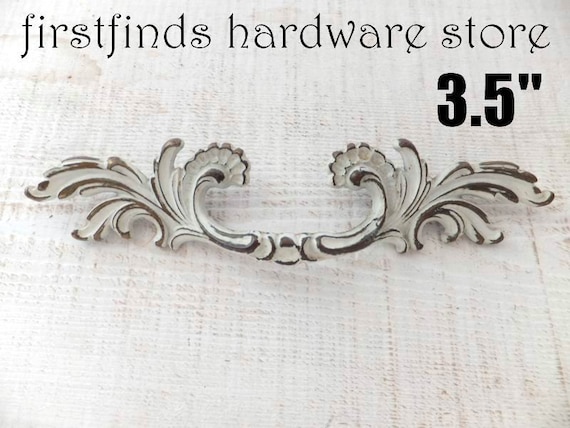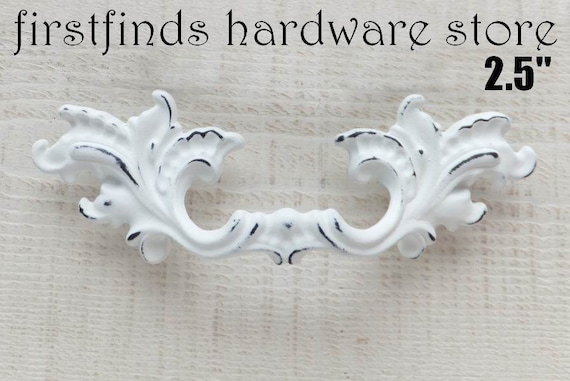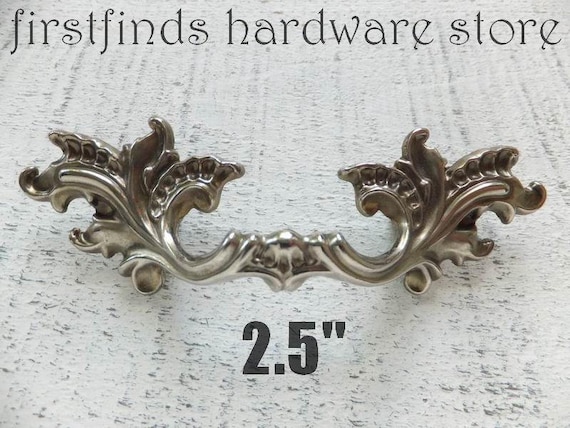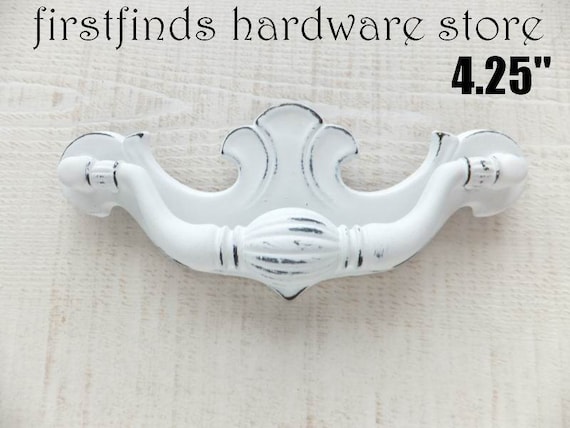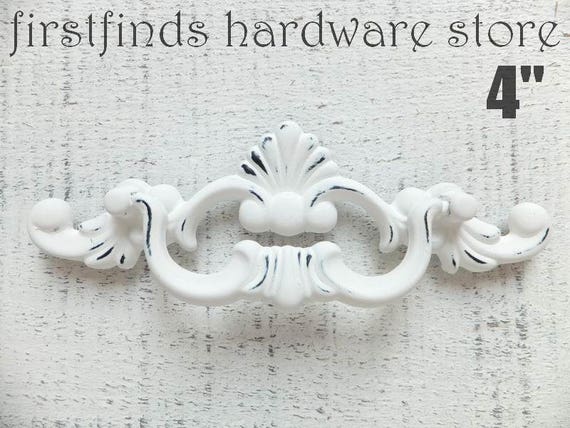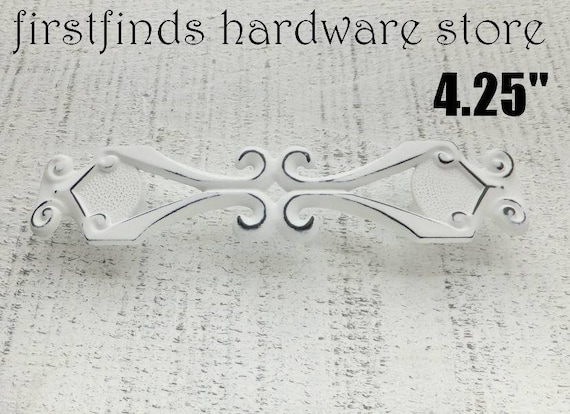TO SAND OR WET DISTRESS
Recently I worked on two similar
piece of furniture and because I
wanted to compare distressing
techniques I did one with
sandpaper and the other
I wet distressed.
Recently I worked on two similar
piece of furniture and because I
wanted to compare distressing
techniques I did one with
sandpaper and the other
I wet distressed.
One of the pieces was an antique desk, and the other was an
antique vanity. Both had the same dark finish and I brush
painted both with Annie Sloan Pure White. When it came
time to distress I used sand paper on the vanity and a damp
sponge on the desk. I have compiled some photos showing
how each piece looks in comparison.
From a distance they look very similar, most of the
differences come from how each technique works.
Up close you can see areas that show more of the
original finish on the damp sponge side. I find that I don't
have as much control with wet distressing to prevent that.
original finish on the damp sponge side. I find that I don't
have as much control with wet distressing to prevent that.
******************************************************

On flat surfaces sand paper does a much better
job smoothing the surface.
When sanding you have to constantly clean up sanding dust
with the vacuum. When wet distressing you constantly have
to clean and ring out your sponge with fresh water.
When it comes to distressing painted hardware I don't like to
use sand paper on metal and a damp sponge works great.
This close-up below shows all the wet distressed hardware.
********************************************
has tons of unique vintage hardware available for sale
CLICK the PHOTOS for INFORMATION










